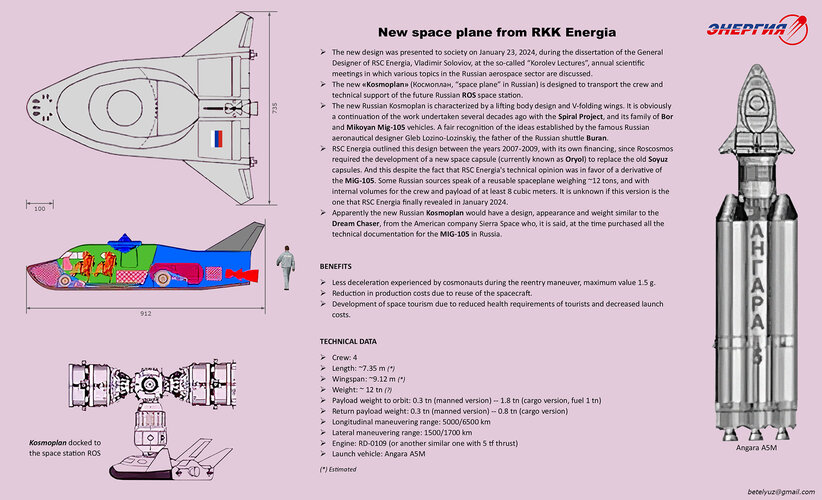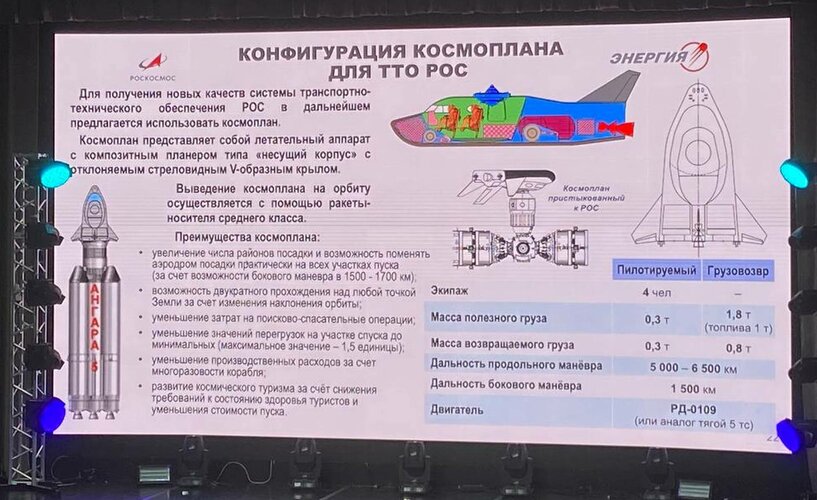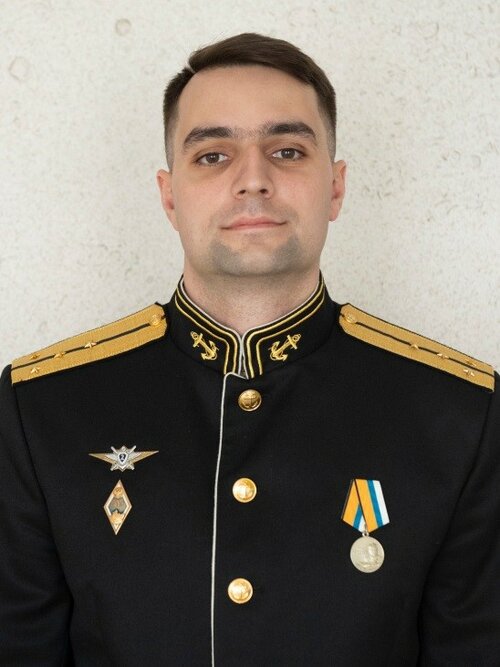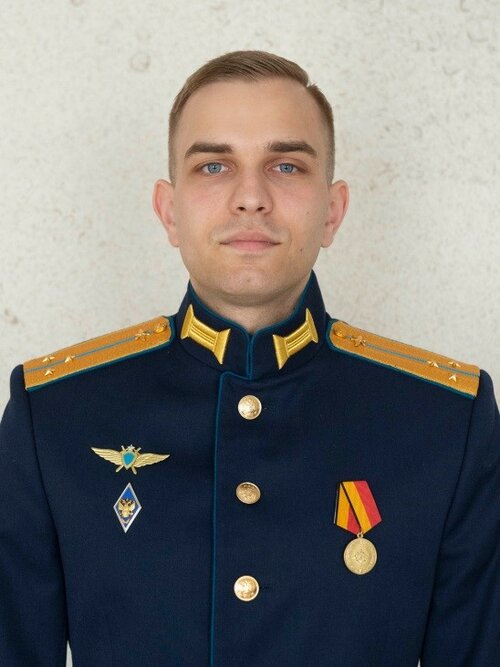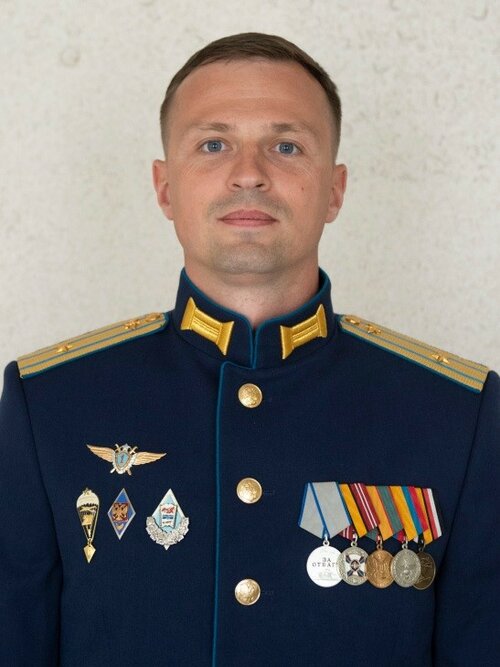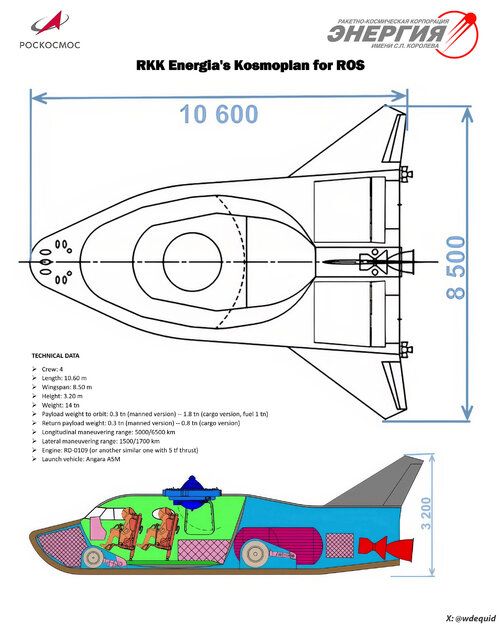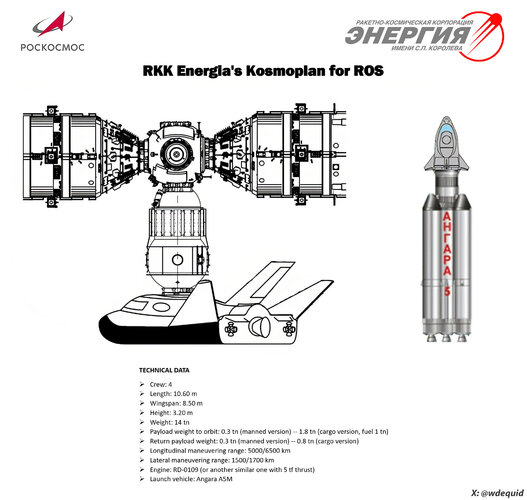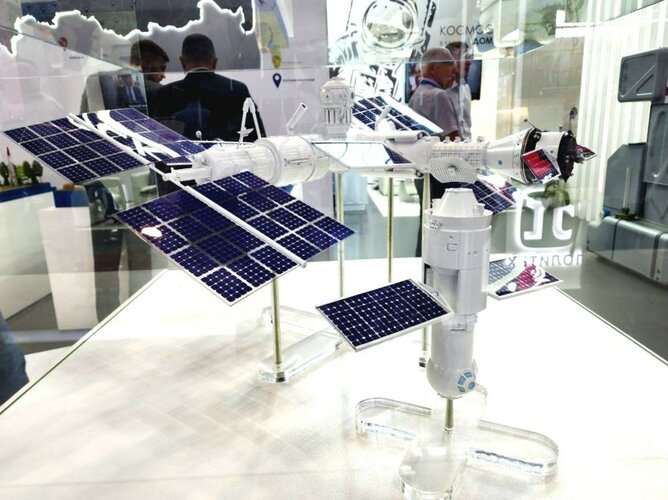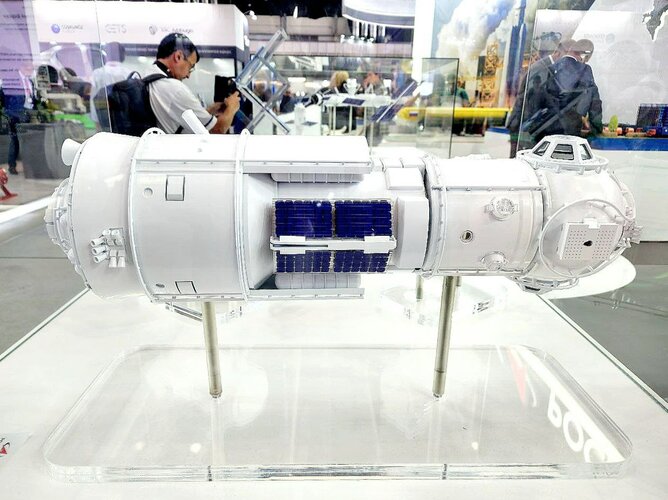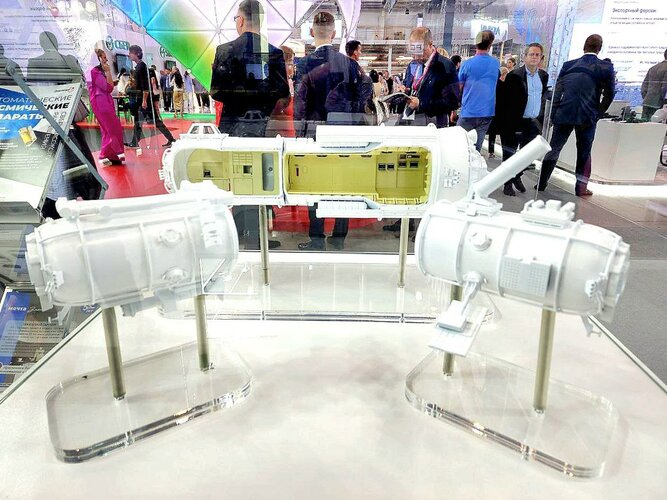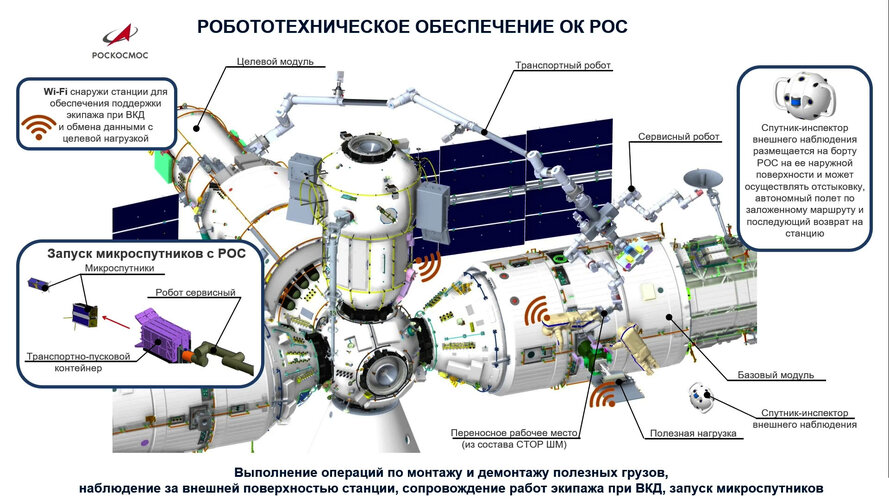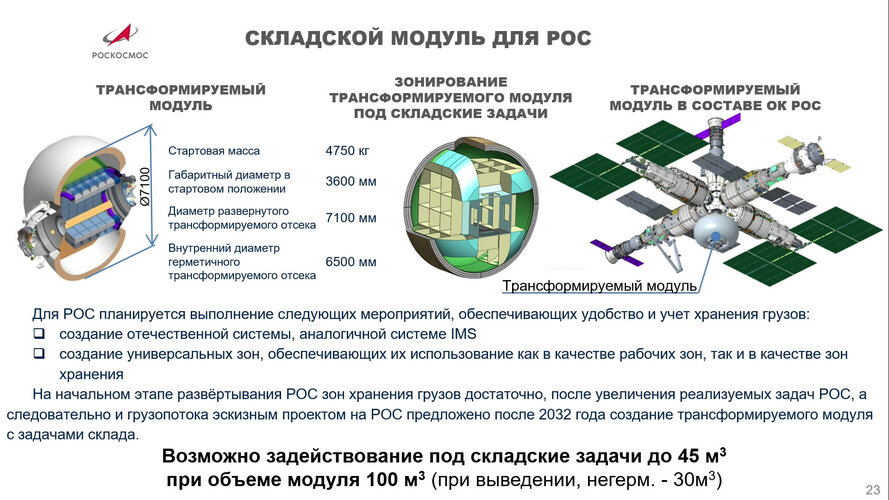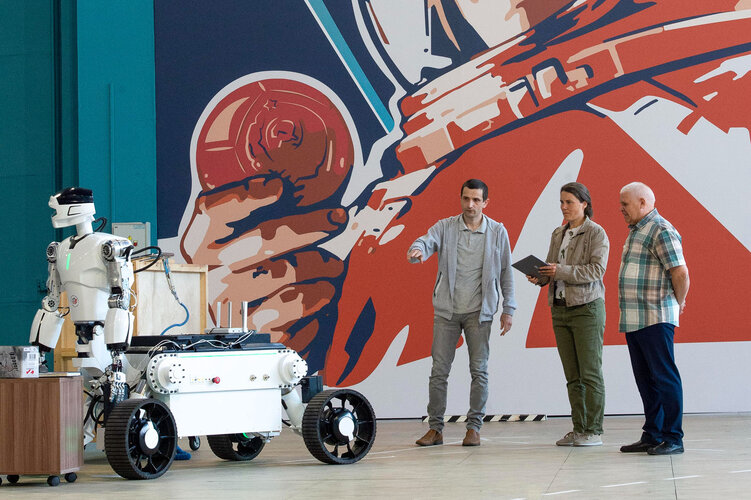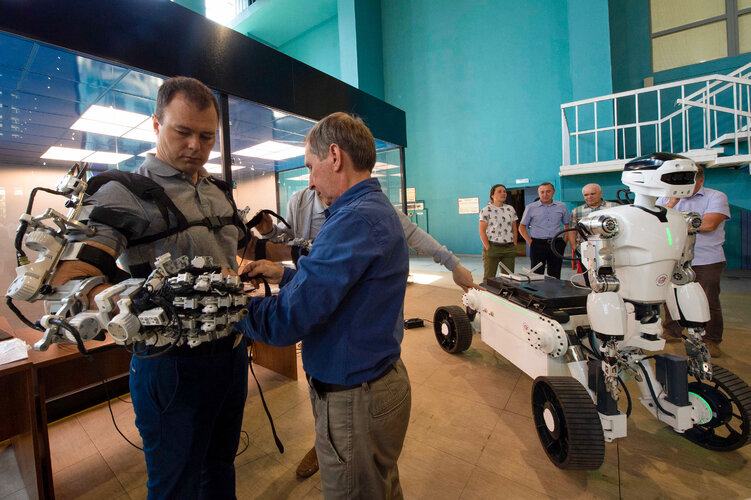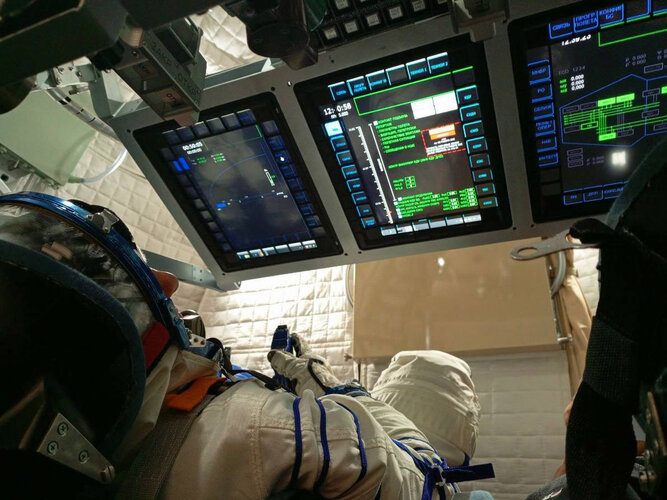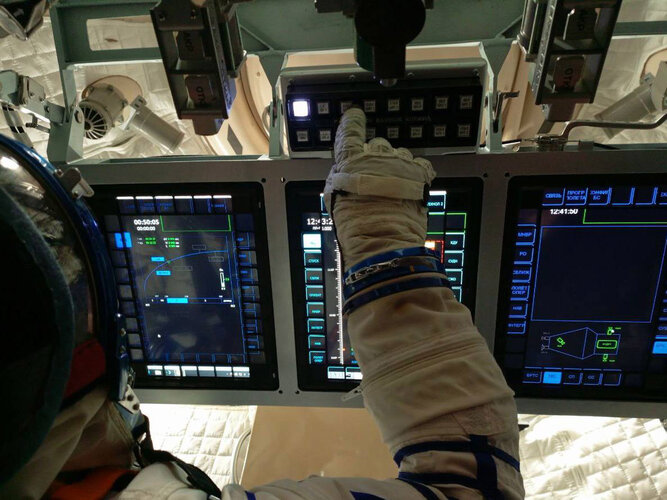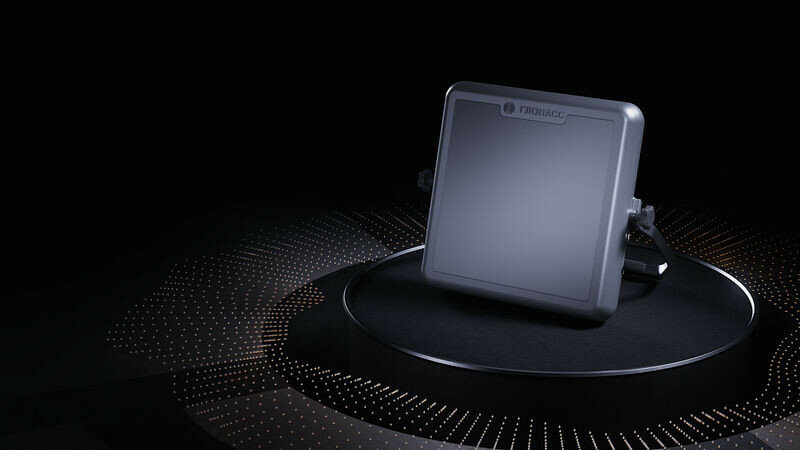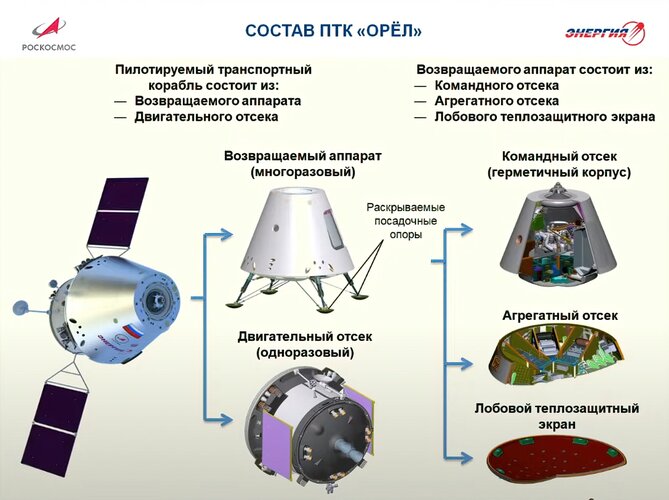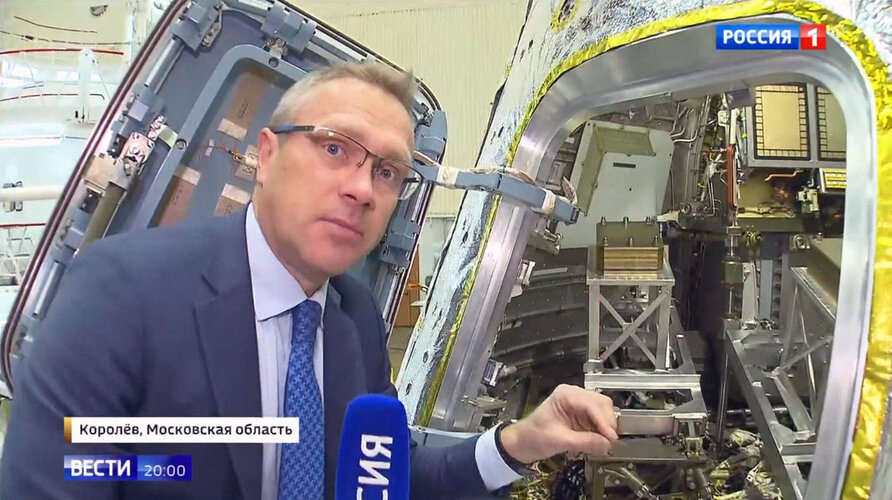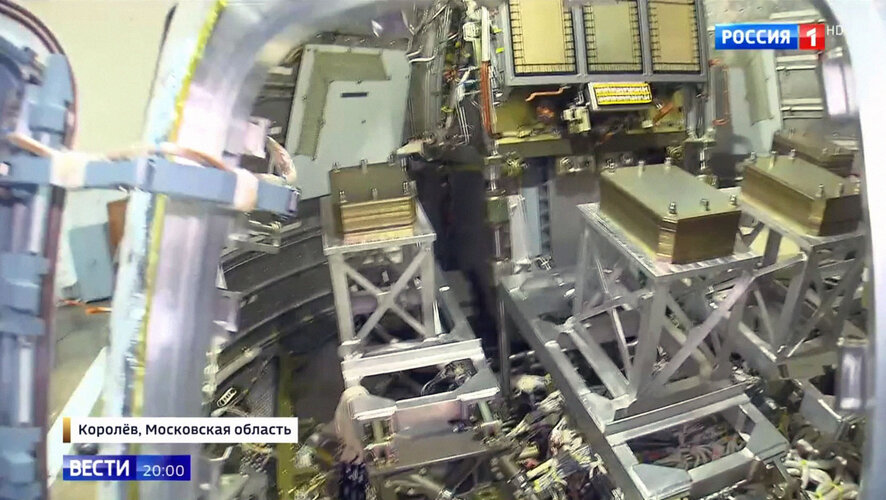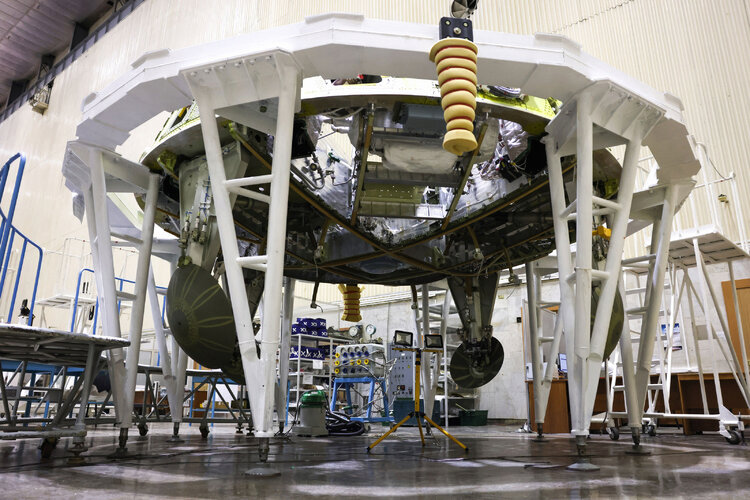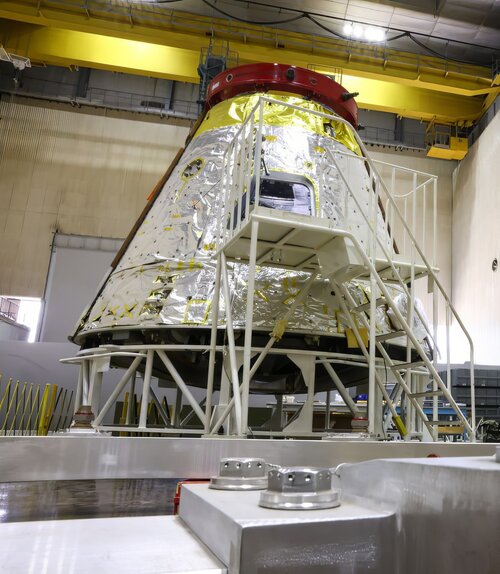wasn't prior leakage due to micro metorite?
Either a micrometeoroid or a very small piece of space-junk.
Edit: TheSpaceBucket has just put out a video about the new leak.
Last year in December, a Russian Soyuz MS-22 crewed spacecraft leaked all of its coolant leaving its astronauts without a ride home for the time being. Only a few months later a different Progress spacecraft reported a depressurization thanks to a leak in the vehicle’s coolant system. Now in October, new reports are coming out that toxic ammonia flakes were observed on the station’s Russian Multipurpose Laboratory Module due to another possible leak.
Specifically, flight controllers noticed the leak and relayed that information to astronauts on board who were able to visibly confirm it. With this information only just coming out, NASA and Roscosmos are still trying to figure out the best course of action and decide the next steps. While not ideal, they both made it clear that astronauts on board are not in any danger.
This leak marks the third instance within a year for Russian hardware visiting or apart of the station to have difficulties. It also adds to the conversation of NASA’s plans with the station and its eventual retirement and de-orbit. Here I will go more in-depth into the new leak, plans to fix it, what it means for the future of the station, and more.
Full article here - https://thespacebucket.com/a-russian-...
Last edited:

